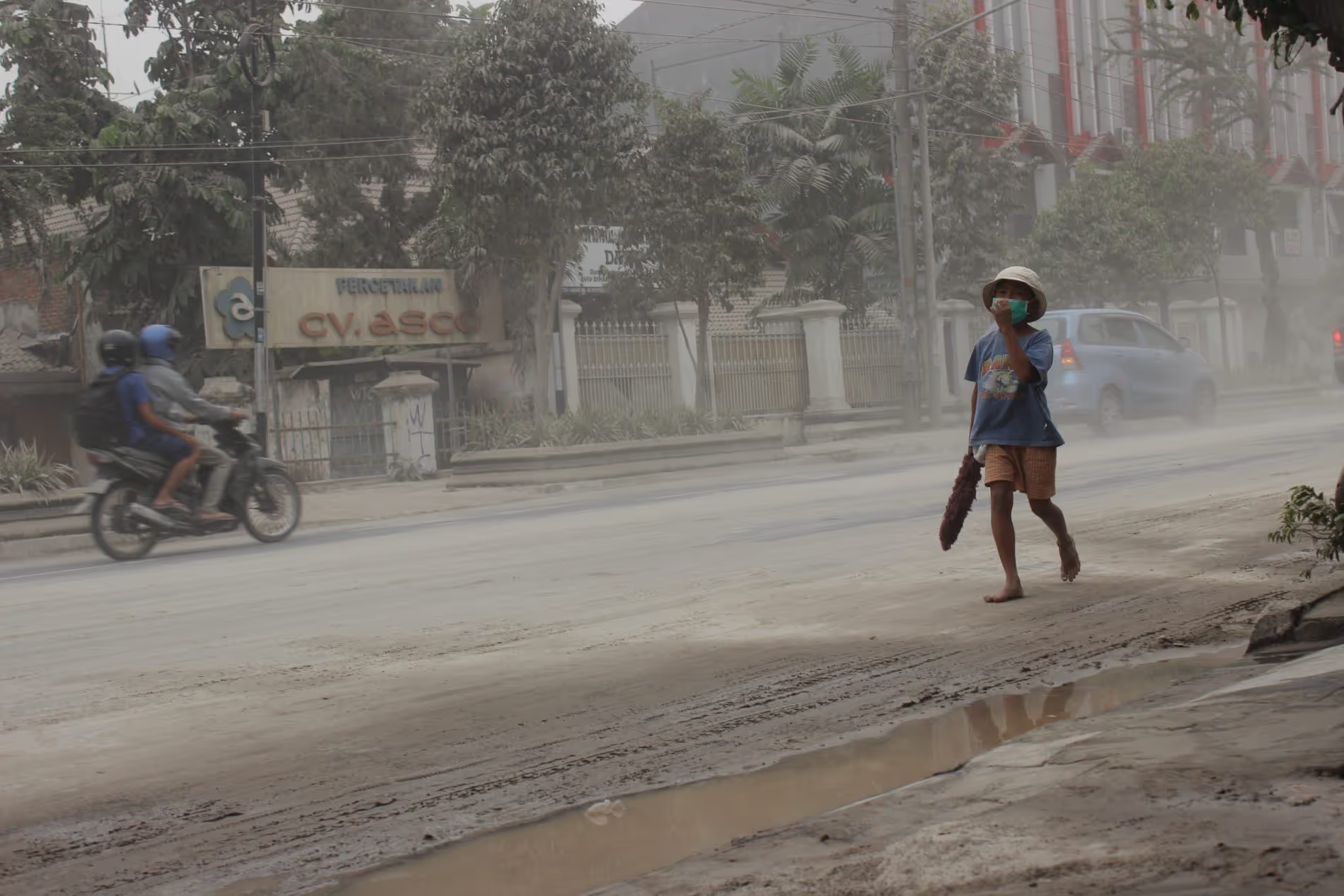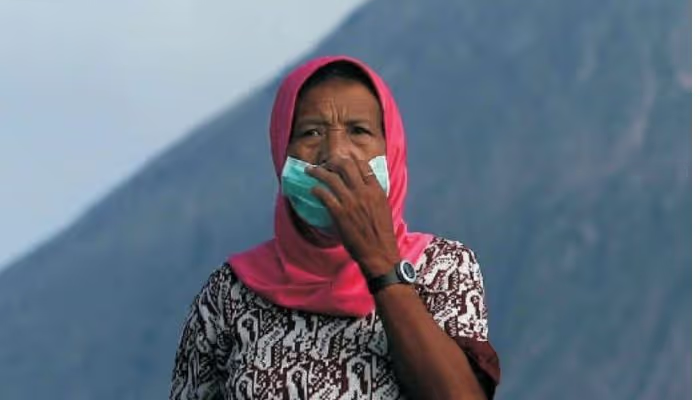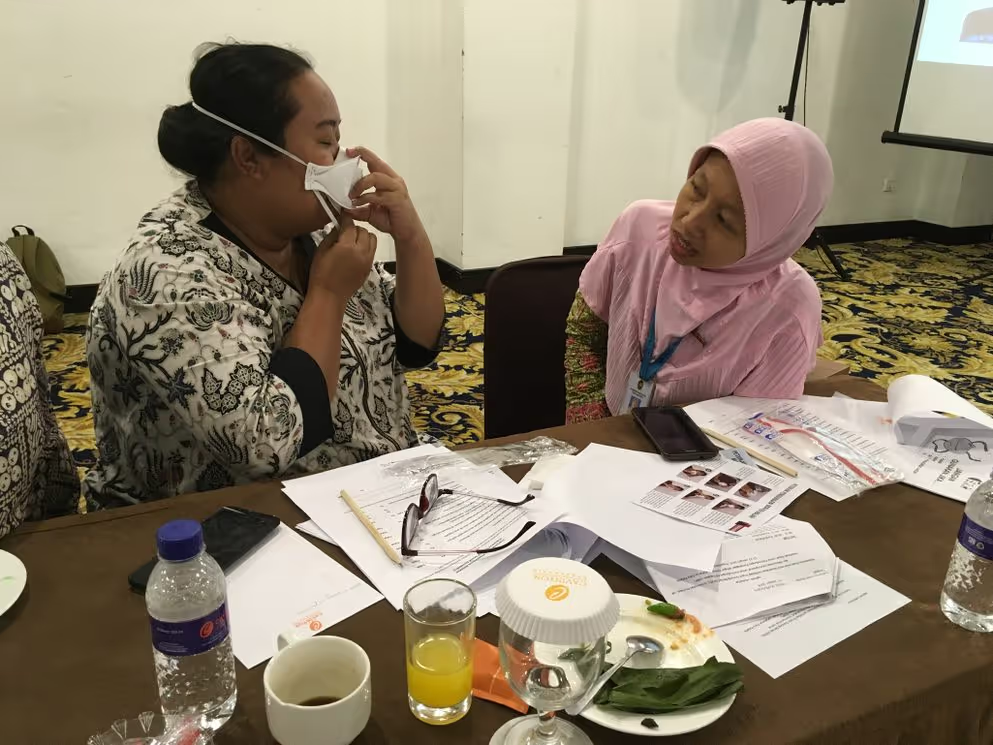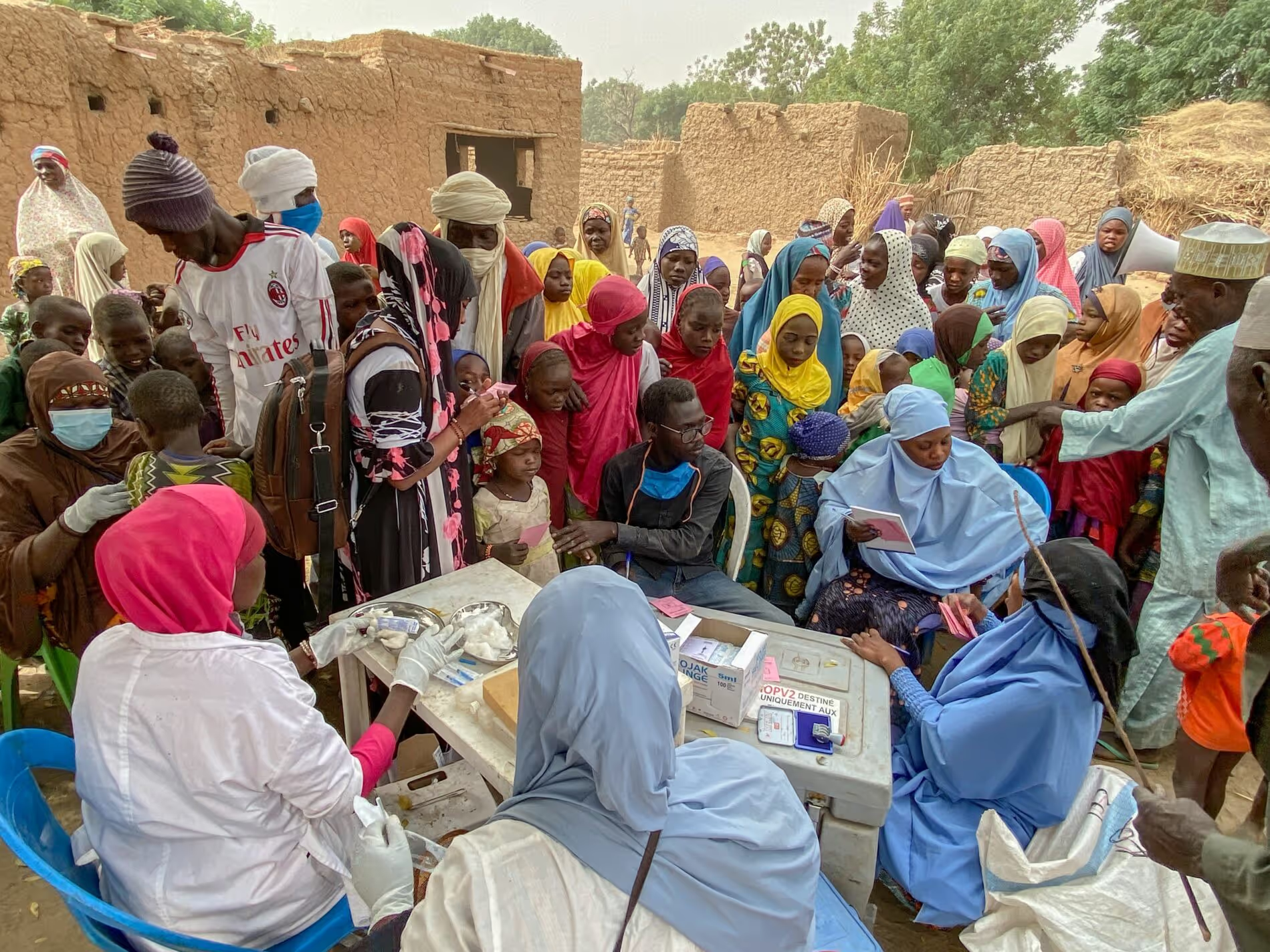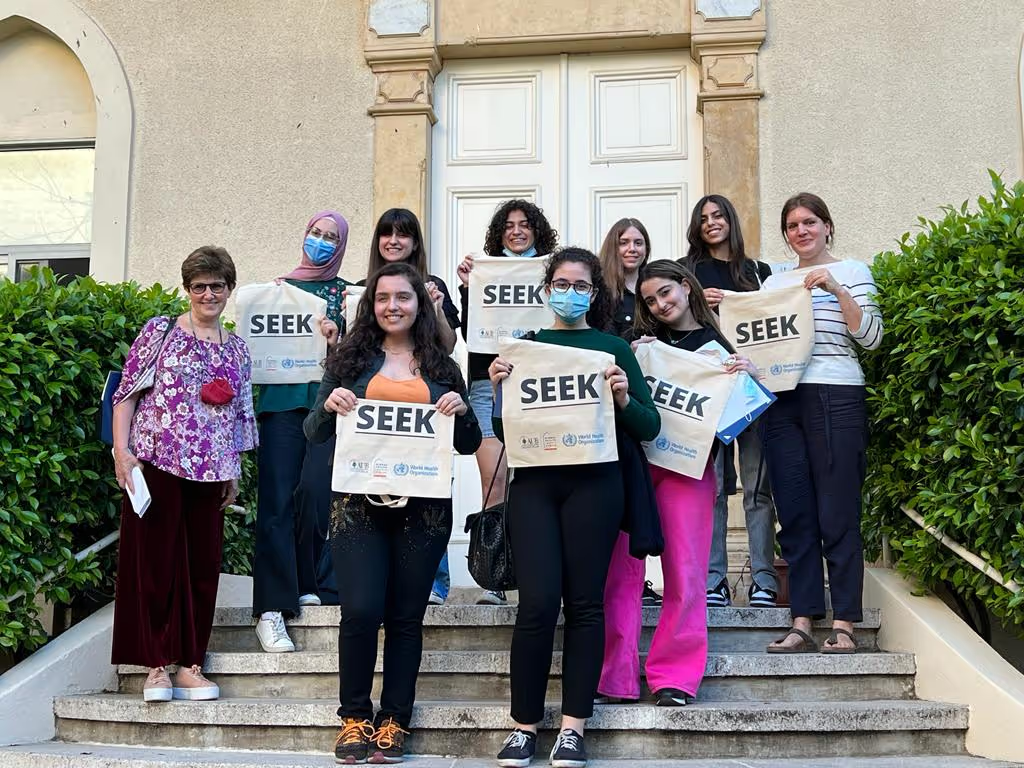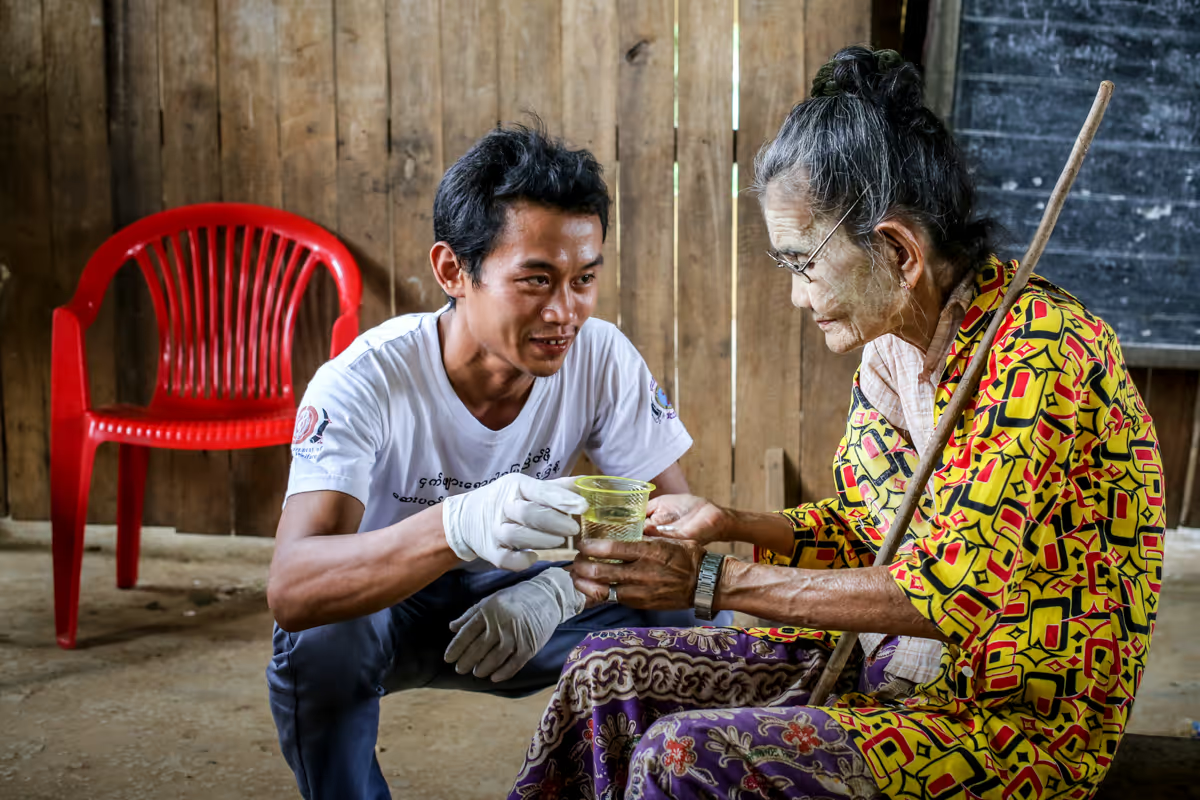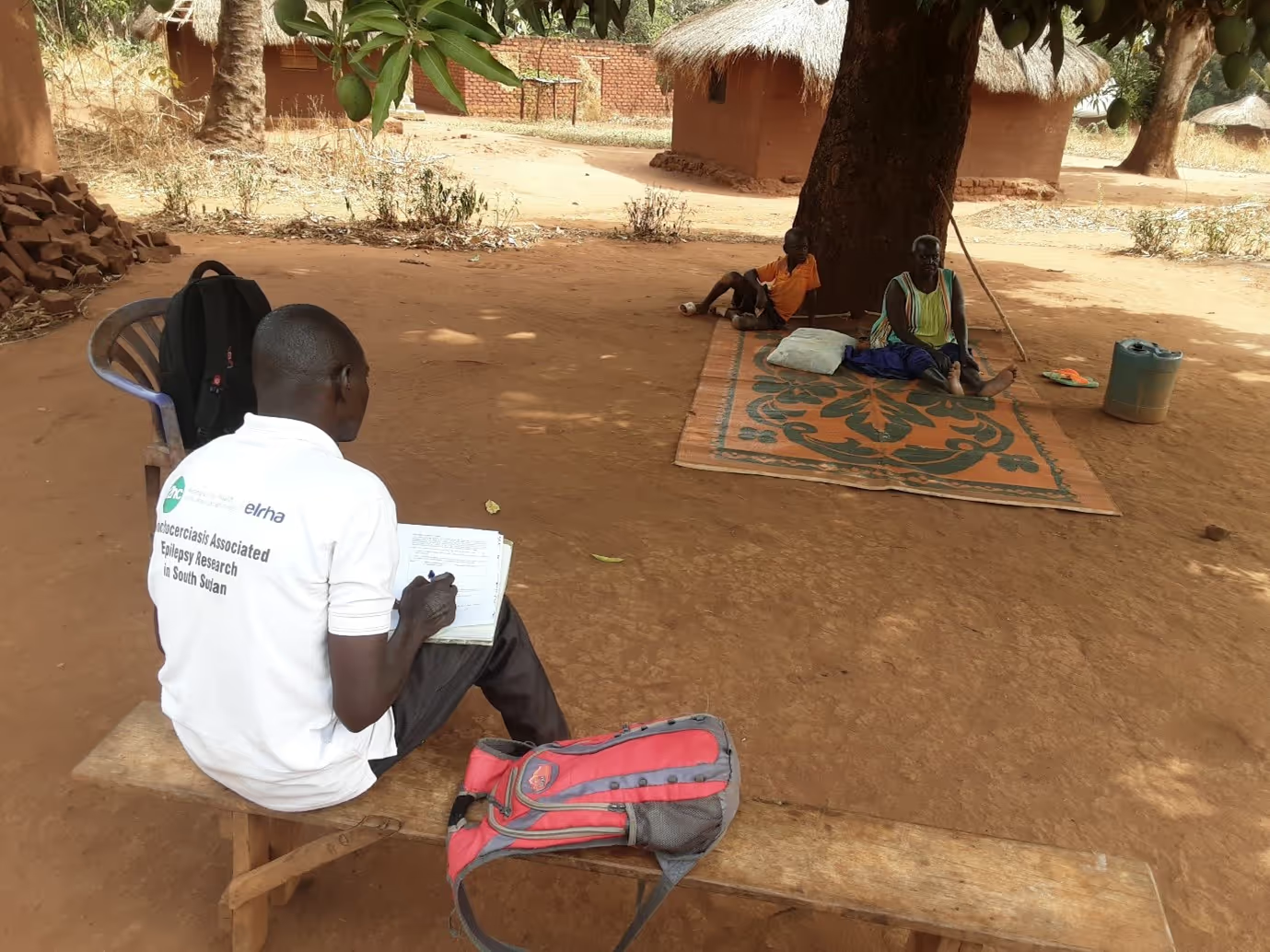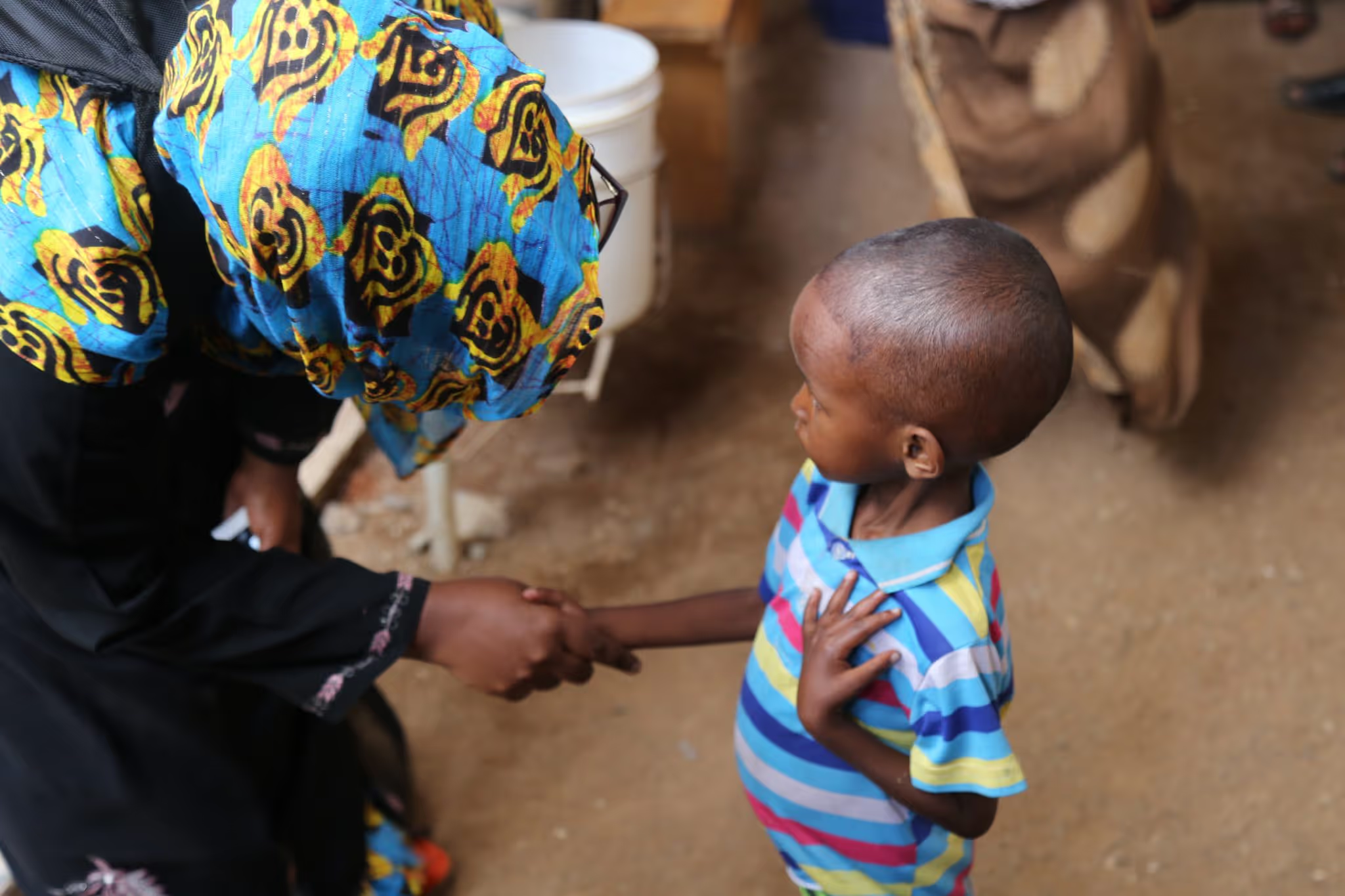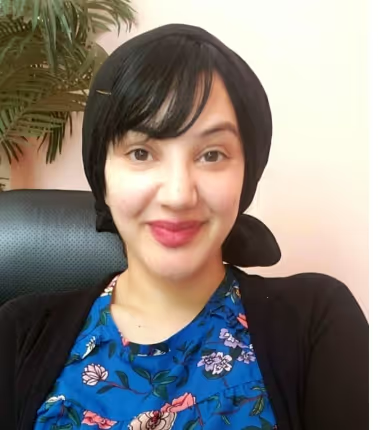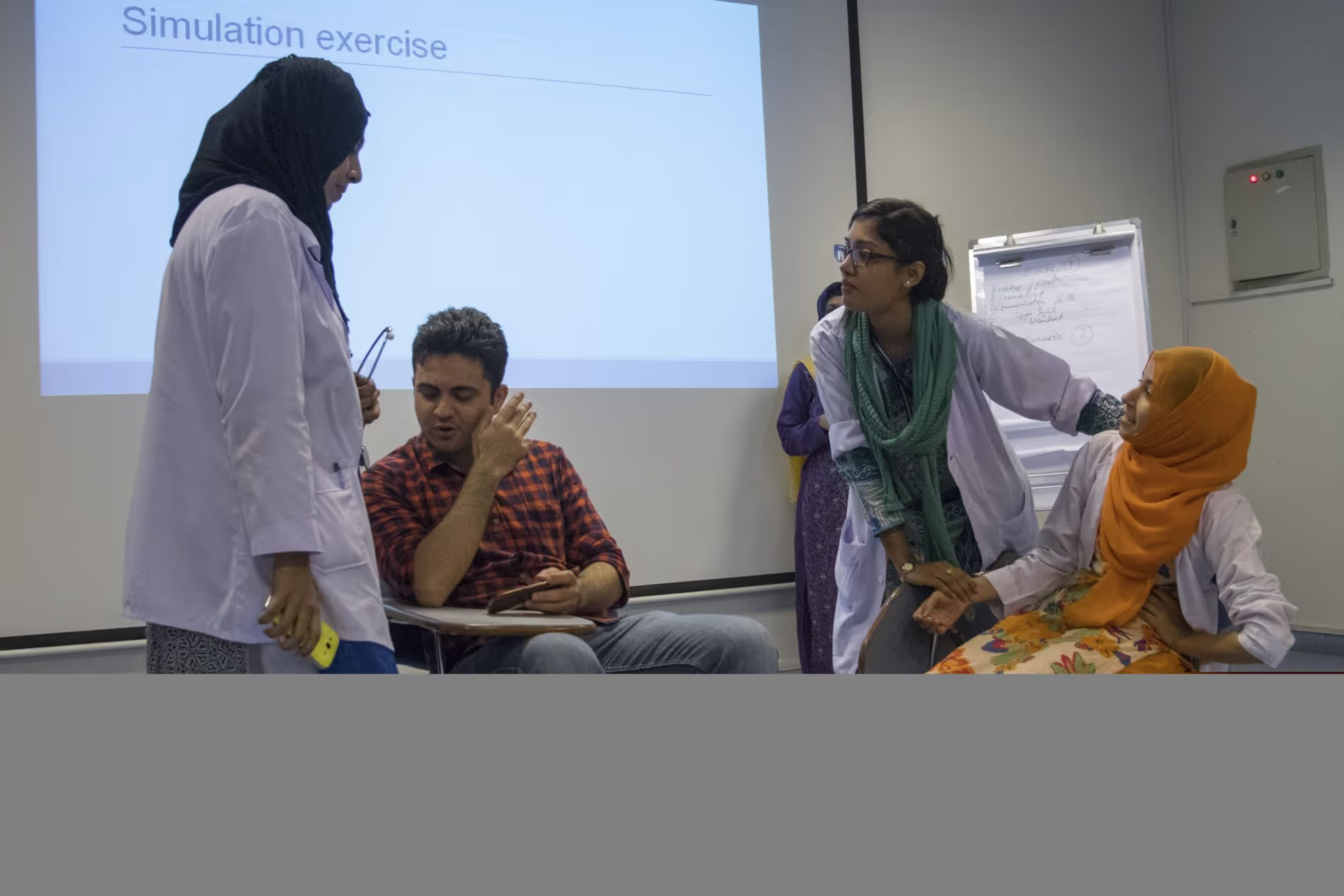A New Evidence Base for Respiratory Health Interventions in Volcanic Eruption Crises
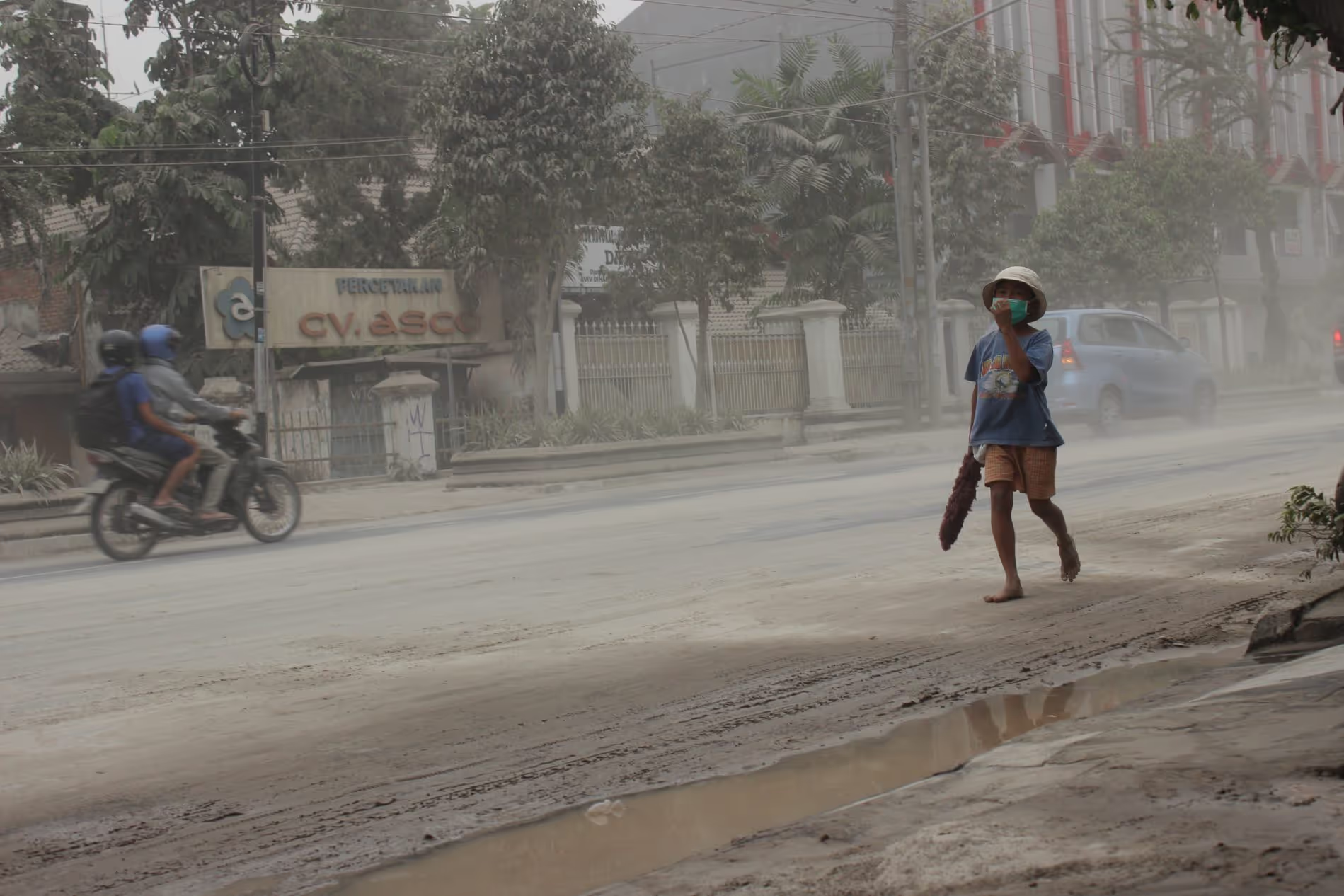
Project overview
The study explored respiratory protection for use in volcanic eruption crises.
Countries
Indonesia
Mexico
Organisations
Durham University
Partners
Kagoshima University, Japan, University of Indonesia, Institute of Occupational Medicine, Edinburgh, University of Mexico (UNAM), Pan American Health Organization, Save the Children Indonesia, Red Cross Indonesia, International Society for Respiratory Protection
Area of funding
Humanitarian Research
Grant amount
£599,939
Start date
01
November
2015
End date
01
March
2019
Project length (in months)
40
Funding calls
Focus areas
No items found.
Topics
Disaster Risk Reduction
Status
Closed
Project solution
This project offers [specific solution or intervention] to tackle [challenge]. By implementing [strategies, tools, or innovations], the project aims to achieve [desired outcomes]. The approach is designed to [specific actions or methods] to bring about meaningful change in [community, region, or issue area].
Expected outcomes
This project aims to achieve [specific outcomes], such as [measurable results, improvements, or changes]. The expected impact includes [benefits to the target community, advancements in research or innovation, or long-term effects]. By the end of the project, we anticipate [specific changes or milestones] that will contribute to [broader goals or objectives].
No items found.
Principal Investigator: Claire Horwell, Durham University
RESEARCH SNAPSHOT: Which facemasks are best to protect from breathing volcanic ash?
The HIVE study investigated respiratory protection (facemasks and other cloth materials), to establish whether some forms of protection against volcanic ash were better than others, and if some protection is better than none.
[.cta_link]View[.cta_link]
What did the study set out to achieve?
Volcanic ash inhalation can trigger respiratory illness and cause acute anxiety, leading to increased vulnerability during eruptions. Agencies distribute facemasks which, likely, have poor facial seals and inadequately filter fine-grained particles. High-efficiency masks, though, may underperform if not fit-tested, are costly and uncomfortable.
The study aimed to investigate respiratory protection (facemasks) used in volcanic eruptions. The study successfully completed laboratory testing of a number of facemasks, and undertook wearability trials of masks amongst communities affected by volcanic ash. Social surveys were completed in three country settings – Indonesia, Mexico and Japan – alongside anthropological research to explore behavioural factors and how to tailor effective messages around protection. A wide range of communication products and guidance on the use of facemasks has been produced and disseminated, and train-the-trainer courses have been delivered and tested in Indonesia.
The study had intended to undertake a clinical trial in Japan to test the respiratory outcomes of wearing different facemasks, amongst patients with asthma living close to an active volcano. The trial was not able to be undertaken, but the study team instead designed two epidemiology protocols for rapid deployment in future eruptions and a clinical protocol for laboratory-based work to test the health benefits of wearing masks when exposed to ash.
What were the key findings?
- Laboratory experiments demonstrated that some forms of respiratory protection are more effective against volcanic ash than others.
- The facemasks which are most effective at filtering ash and protecting respiratory health are ‘N95’ industrial masks. Light-weight surgical masks often provided by responders are not the most effective at filtering ash.
- There is often little information or communication provided by agencies about the effectiveness of provided protection, or how to best wear it.
- All the facemasks studied provided some protection from ash, but this varied depending on materials.
- The social research found that contextual factors influence the motivation to use respiratory protection during eruptions and these should be taken into account when agencies and governments develop communication strategies to promote mask use and other protective actions.
What does this mean for policymakers and practitioners?
Humanitarian agencies and governments involved in preparedness planning for volcanic eruptions (and other air pollution crises) should consider the effectiveness of various types of facemasks before procurement and distribution. The most effective respiratory protection for adults is a well-fitting, industry-certified facemask such as an N95 mask (also called P2, FFP2 or DS2 in different parts of the world). Certifications are printed on the mask. Surgical masks are less effective protection, especially when not well-fitted to the face.
If masks are recommended or provided, it should be alongside information on likely effectiveness and how to maximize fit. The HIVE project has co-produced informational products, with communities, for this purpose. Moreover, practitioners providing masks should consider that people wearing surgical masks may feel safe, and reduce other protective measures, potentially increasing their health risks from breathing ash.
When designing interventions, it is important to develop targeted approaches for communities, considering what will motivate people to protect themselves.
To view all of the outputs, including academic publications associated with this study, please visit the HIVE website here.
No items found.
Project delivery & updates
Stay up to date with the latest developments from this project. Here, you will find details on what has been delivered, resources created, and regular updates as the project progresses. Access key documents, reports, and other materials to see how the project is making an impact.
No resources/updates have been published yet for this project. Sign up for our newsletter to stay informed about upcoming publications and updates!
Join our Newsletter
Resources
No items found.
Latest updates
No items found.
